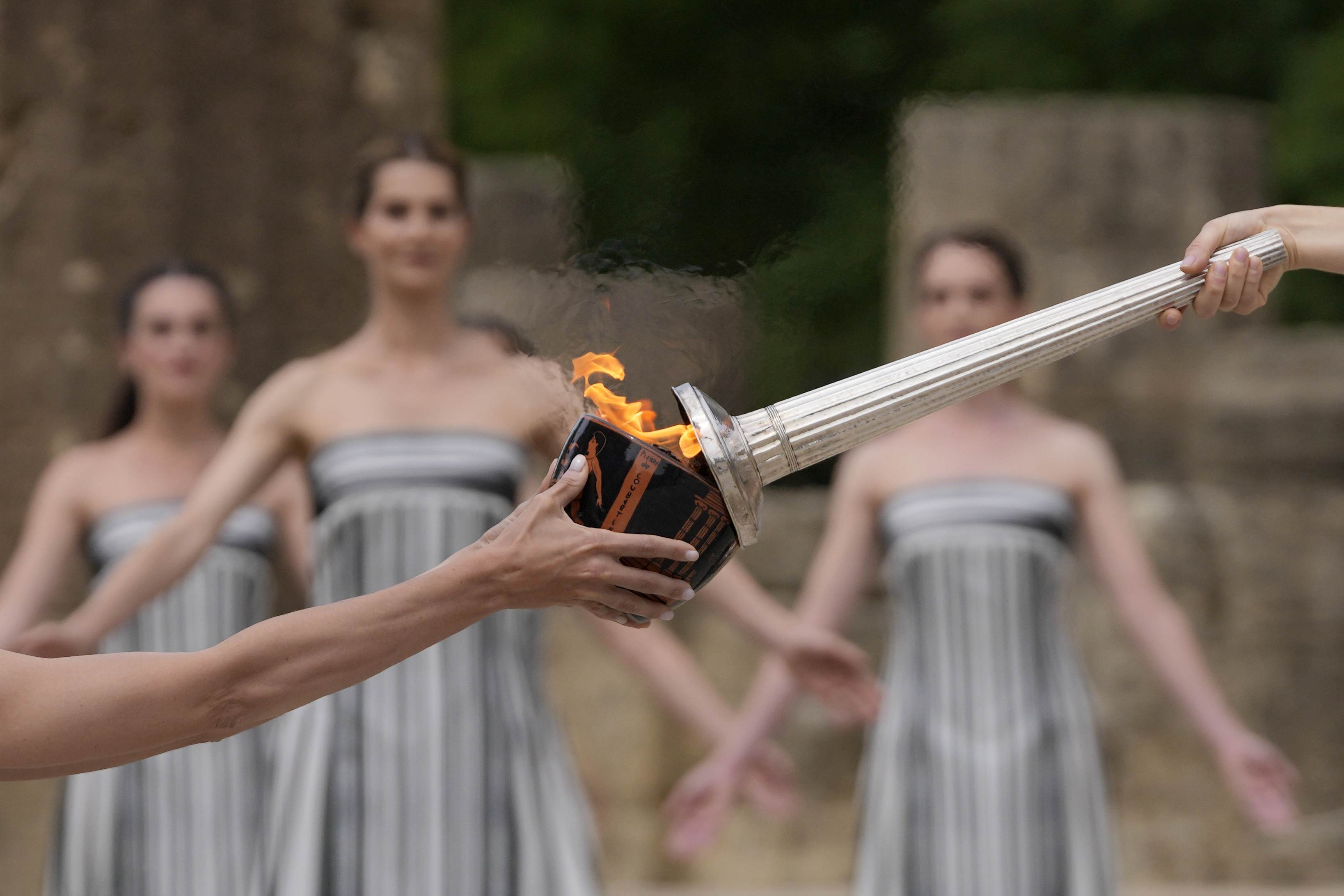When Melvin Pate -- paralyzed by a bullet and unable to speak -- was shown an image of his suspected shooter, all he could do was blink his eyes.
He blinked, and investigators had a video camera rolling.
"He couldn't move," said Baltimore Shock Trauma nurse Tina Keener. "All he had was blinking. His mental state was intact and he was blinking to improvise."
In a 34-page opinion, Judge Leo Green ruled Thursday that video footage cannot be used at the trial of the man suspected of shooting him, Jermaine Hailes. Such evidence was admitted into trial just three times before in the United States.
"We are disappointed in the court’s ruling, but we feel that the remaining evidence will still allow us to present a strong case and we look forward to proceeding to trial on Dec. 9," said John Erzen of the Office of the State's Attorney.
The victim, a father of three, was left a quadriplegic in the 2010 shooting. Pate, who suffered a collapsed lung and a severed C5 vertebrae, died two years later as the result of his injuries.
Before his death, Pate identified Hailes by looking at a collection of photos and blinking when he saw Hailes' image, authorities said.
U.S. & World
"[Pate] was able to clearly look at each photo and was able to blink... It wasn't an involuntary blink," said prosecutor Christine Murphy. "It was a deliberate opening and closing of his eyes."
Hailes and three other suspects were arrested shortly after Pate's death on charges including first- and second-degree murder.
The video footage of Pate's blinking identification was shown during a Nov. 1 hearing on whether to allow the evidence in court.
The victim's mother, Felicia Pate, attended the hearing and said it felt like losing her son all over again. "I just want justice for my son," she said.
PREVIOUS COVERAGE:



